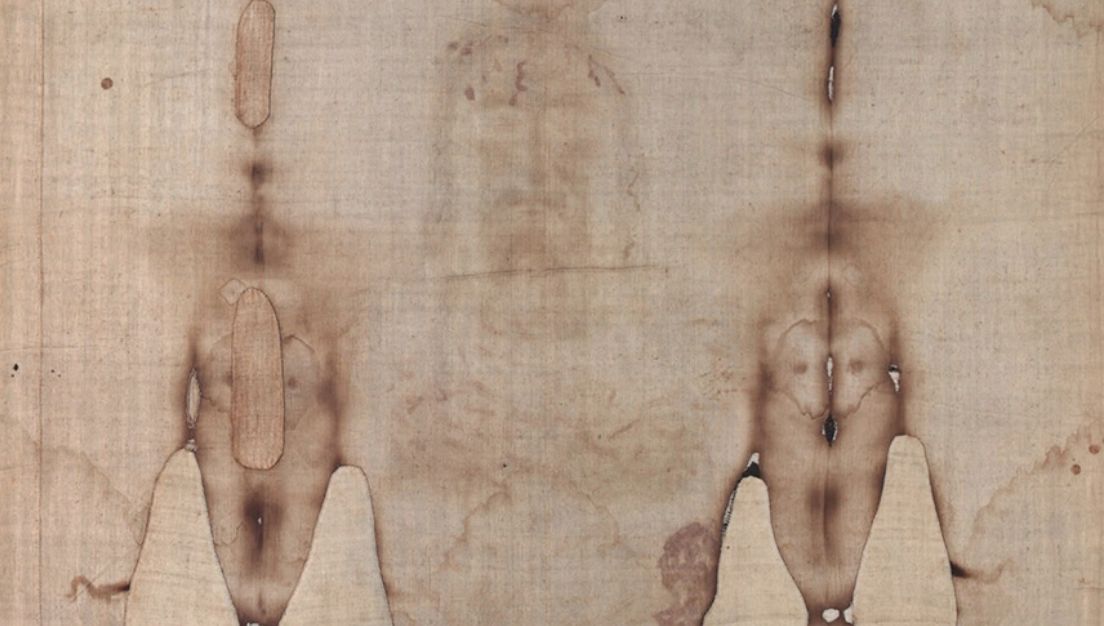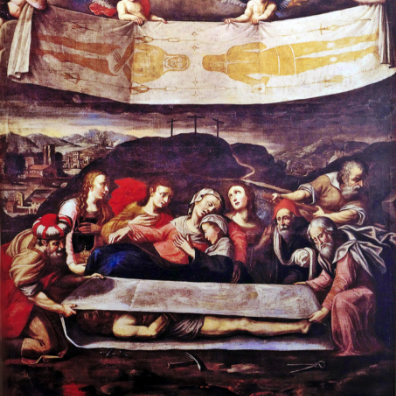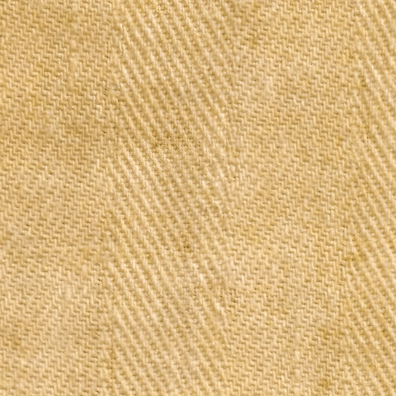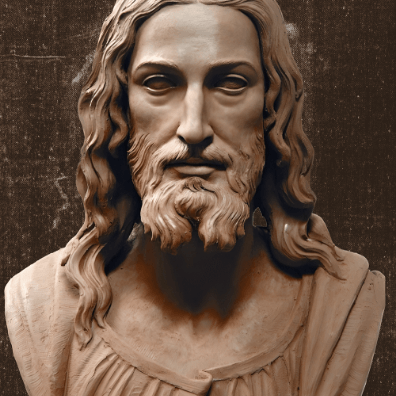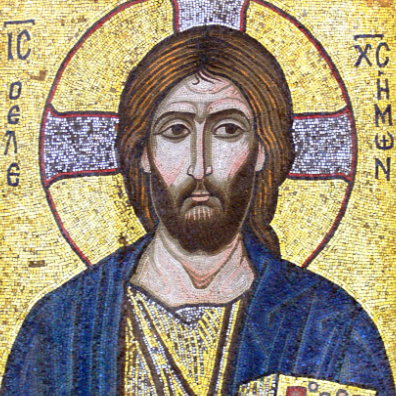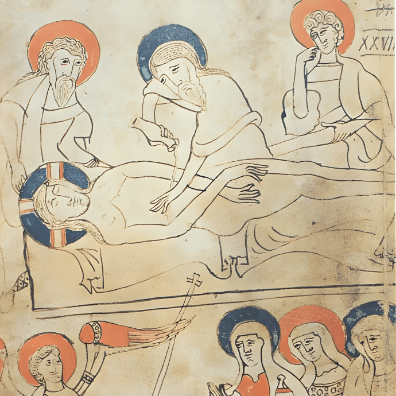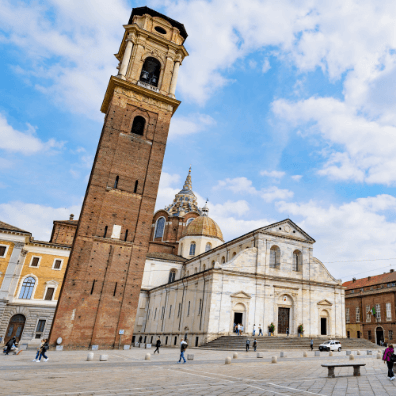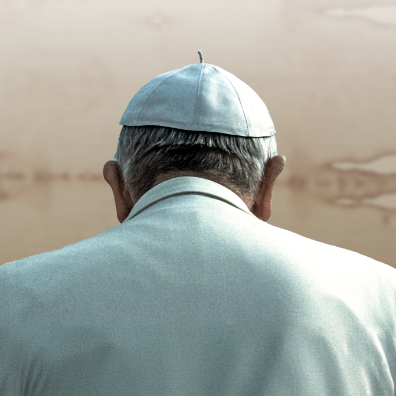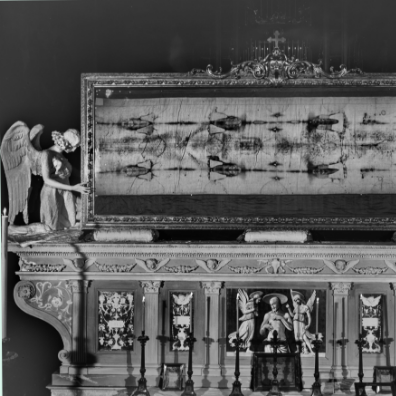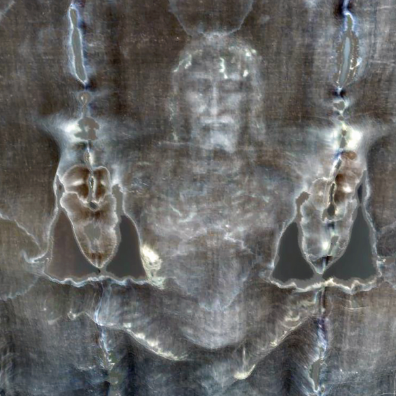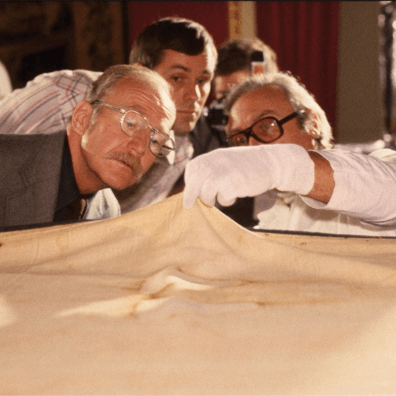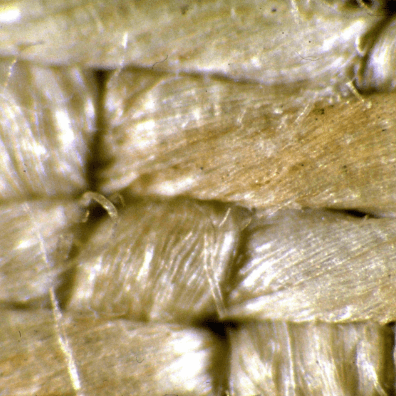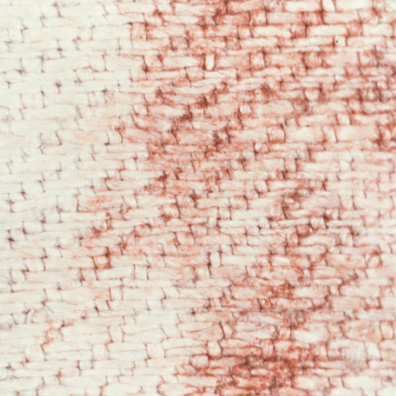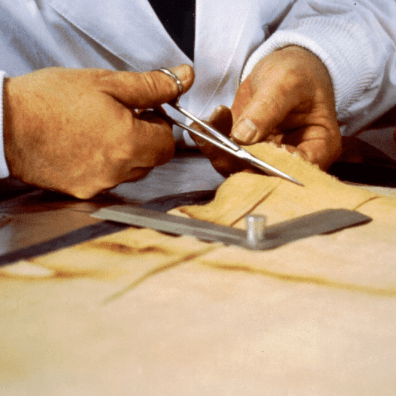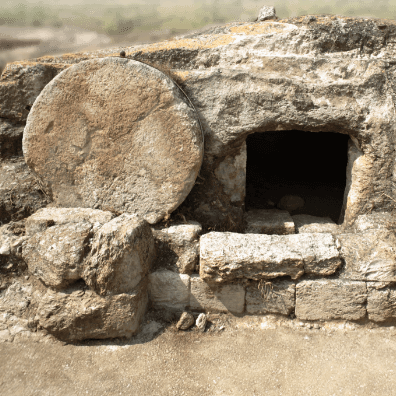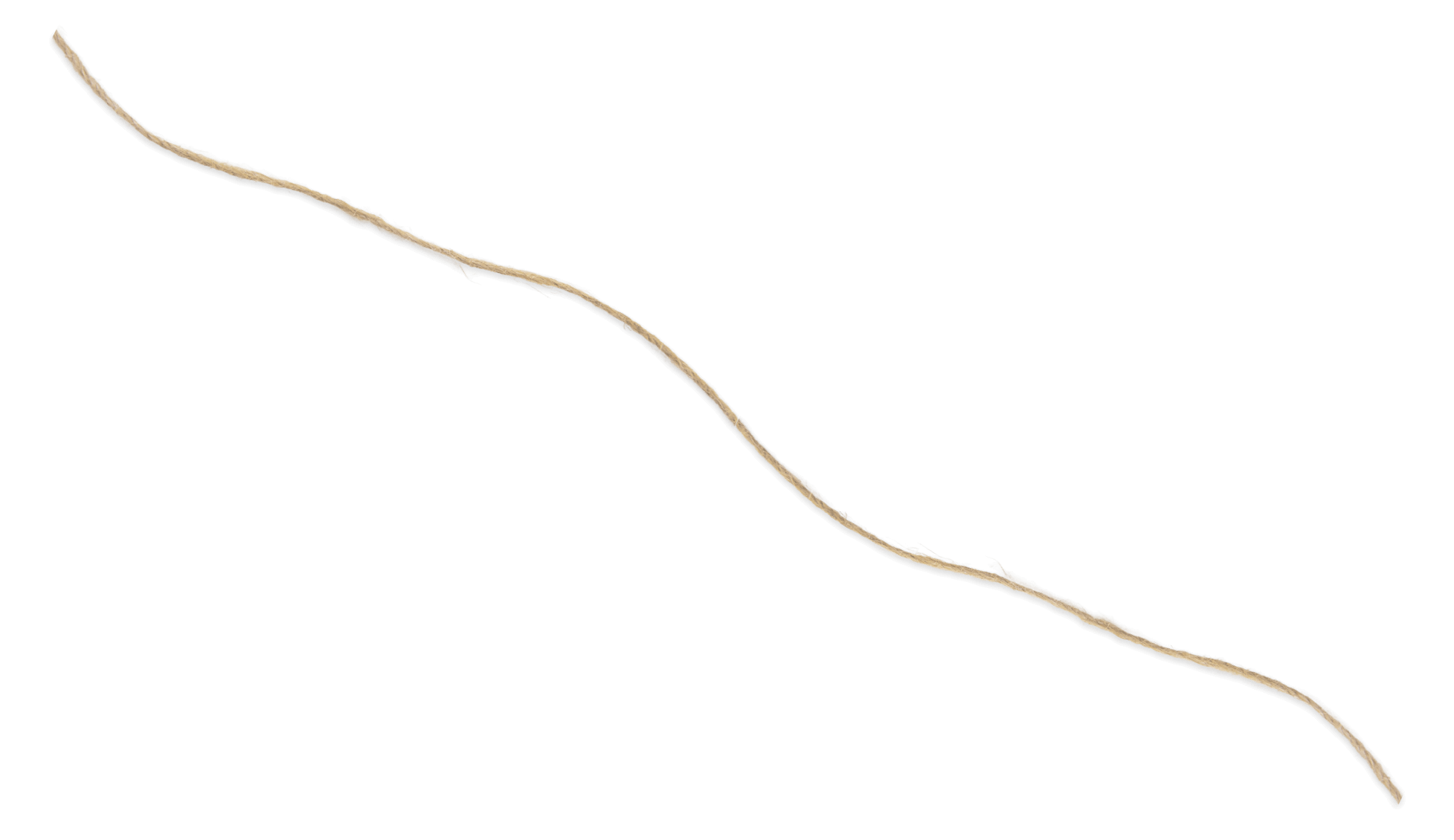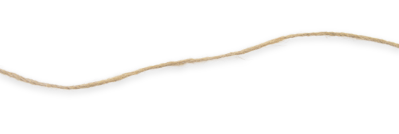When you look at the Shroud for the first time, you will notice many different markings on the fabric. There are burn holes, scorch marks, water stains, fold lines, bloodstains, and finally, the faint but unmistakable image of a man. This is where the story of the Shroud truly begins.
The man in the image has been brutally tortured. You can see wounds all over his body caused by a severe scourging, along with puncture marks over his head and neck, wounds on his wrists and feet, and a gaping wound in his side.
There are bloodstains too, all over the cloth. The blood has soaked through the entire fabric, so it is visible from both the front and back.
Scientists have examined the areas under the bloodstains and discovered there is no image under them, indicating the blood was on the linen before the image. The wounds in the image align perfectly with the bloodstains.
The Shroud also shows signs of fire and water damage. These burn holes and scorch marks are from a fire in 1532, which almost destroyed the Shroud.
At the time, the Shroud was kept in Chambéry, France, in a chapel specifically built to house the Shroud. The fabric was folded and stored above the altar in a wooden box that was lined with velvet, and covered with silver.
On the night of December 4, 1532, a fire broke out, causing extensive damage to the chapel and the Shroud’s protective box. Molten metal dripped onto the folded corner of the Shroud, leaving behind two parallel scorch marks across the length of the fabric. There are also repeating triangular-shaped holes where the fabric was completely destroyed.
There is another burn mark on the Shroud that likely occurred before the 1532 fire. You can see it as dark “L-shaped” circles on the sides of the body image, both front and back. The exact cause of this burn is unknown. Some believe it was caused by burning charcoal that fell on the folded fabric.
You can also see large, diamond-shaped water stains across the cloth, most noticeably on the man’s abdomen and knees. Recent studies suggest these stains were created at an unknown time when the Shroud was folded like an accordion and stored upright in a jar. Water seeped through the fabric and then dried, leaving behind the stains.
Despite the damage from water and fire, the most remarkable thing is this: none of it has altered the image on the Shroud.
As you look at the Shroud, take your time to reflect on these details – the image, the blood, the fire and water damage. They are all part of the Shroud’s story. And they each hold a clue to answering the question: Who is the man of the Shroud?

